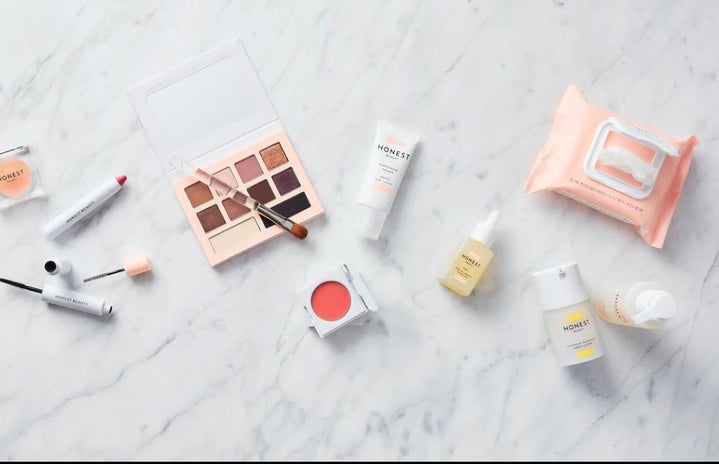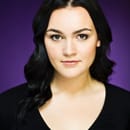Whenever I see commercials, Instagram tutorials, or any other kind of video trying to teach me how to do the “no makeup” look, I feel frustrated. The tips usually don’t work for me since I haven’t become comfortable showing off my bare face with acne, discoloration, and dark circles (I’m jealous of people who completely rock that and look amazing). This kind of makeup just doesn’t work for everyone, and I find that these “celebrity” tips only end up emphasizing the texture of my skin.
While I like the natural look, I feel best in makeup that covers up my insecurities while also leaving people wondering if I’m really wearing makeup or not. So this guide gives you both coverage and confidence, for a perfect “no makeup” look.
- Priming
-
When I was slapping on orange foundation in high school, no one bothered to tell me about skin preparation. I didn’t realize what a crazy difference it makes when I’m well-moisturized and can even out my skin tone first. Applying a lighter product to even things out, like the Drunk Elephant D-Bronzi Sunshine Drops, not only helps me look like I’ve seen some sun but takes away the attention from my blemishes as well.
- A healthy looking base
-
I have acne and oily skin. I used to feel like the only way to cover things up was to use something with full coverage and avoid any kind of dewy products. However, I realized the more powdery I appeared, the less natural the overall look was as a result. I started to reach for something with a thin consistency, like the MAC Face and Body foundation to appear more natural.
Another great way to achieve the “no-makeup” look is to thin out something like the IT Cosmetics CC+ Cream with a serum. Despite there being less coverage, the finish looks less cakey and any blemishes can easily be fixed using spot concealer.
- Concealer
-
I like to apply the Too Faced Born This Way concealer with a small, round brush. By tapping in the product and not buffing it, it won’t disturb the skin or emphasize any dry patches. Whenever people tell me to spot conceal only, I’m usually bothered because I have too many things to spot conceal. However, with this “no-makeup” method, the skin has been evened out from the get-go and I can be more selective when it comes to concealing. I can decide what I feel I’d like more coverage on, while letting some of my blemishes stay somewhat visible.
- Use mostly cream products
-
Again, avoiding a lot of powdery products helps the skin look more real. I apply the Nudestix cream blush to the apples of my cheeks and then the Milk Makeup highlighter, which also comes in a stick format. Putting some of the product on my fingers before applying is helpful when it comes to melting the product into the skin. I always feel that adding this pop of colour definitely helps me look a little bit more alive.
If it’s going to be a longer day and I do want to add setting powder, I make sure to do so with a very large, soft brush so that the product goes on sparsely and smoothly. Any denser, thicker brushes can make the powder appear cakey.
If you think you’re the only person in the world makeup doesn’t really “work” on, you’re not alone. I’ve been trying to follow tutorials for years and always found the methods never cooperated with my skin the way I wanted it to. I was starting to feel like there was absolutely no way around it. Now, I have the basis to add a bold lip or eye, while still keeping a focus on the dewy skin.
It’s important to remember that the best makeup guide is one that makes you feel comfortable and beautiful, whether that’s a full face or none at all.



